Lionsteel T6 | Review by Padraig Croke
The T6 is another fantastic knife, coming out of the Lionsteel factory and designed by Michele "Moletta" Pensato, adding to their already impressive range of survival tools. I’ve really come to love the feel of a Lionsteel, having now owned a number of them over the last few years including the Bestman, the B40 and B41 models, and the M5. For all intents and purposes they seem to be getting better and better, constantly improving their factory finish. So when this new survival blade landed on my desk, I was curious to see what they had been up to. And I just so happened to be attending a week long bushcraft course in the east of Finland the next week with Karu Survival. I decided to bring this knife with me, where I would give it a run for its money in less experienced hands, with students attending who maybe had never used an outdoor knife before and see if it could perform and survive the week!
Contents
Ergonomics and materials
Before getting into the personal experience with the T6, it’s good to take a look at some of the features of this knife, and why it's working well as a survival tool. Starting with the scales, the T6 comes with a beautifully shaped micarta material under the hand. I found it just coarse enough to retain its grip, while smooth enough to feel natural in the hand. What’s more, this handle is one piece with the blade sliding into the top of the handle and held in place with star head bolts. This was a really nice detail for me, and added to the comfortable grip I experienced under the fingers especially, an area prone to hotspots with chunkier steel and handle materials. The shape is ergonomically very pleasing to hold and continues to be comfortable, with satisfying flares on the butt end and around the finger guard. The handle features a nice sized lanyard hole at the back and an exposed pommel, complete with the now signature feature of a 90 degree ferro rod scraper on one of its edges.
The overall feeling I got when I first handled the T6 I would liken to one of my favourite survival blades… the Ka-Bar BK2, arguably one of the most affordable and well designed survival knives out there. In the case of the T6, you’re working with slightly more steel than the BK2, with about 2 mm extra height and 2.5 cm in length. However, the T6 is slightly thinner and lighter, making it feel a little more elegant in the hand. The two feel very alike in any case, except for the price tag… with the T6 being double the price of a stock BK2! However, after upgrading to micarta scales and a proper kydex sheath, they end up around the same price.
Another really nice feature of the T6 is the Kydex sheath, featuring MOLLE compatible straps and a large, chunky snap button across the handle to stop it dipping on your side or flapping about. The sheath is really versatile, feeling just as at home on your side as it would on a chest rig or backpack. The kydex is perfectly formed and the snug snap of the blade is extremely satisfying. The tension is really good here, and I would liken the quality to what you might expect from a specialist such as Armatus carry. Although the buttons are not as sturdy in this case. But all in all, a really solid sheath, and definitely not an afterthought with the T6.
A survival blade in the hands of a student
Every shape and curve of this blade is slightly oversized. Normally I would find that overkill, but the balance of elements here is such that the oversized choil and super high sides actually made it really comfortable to use, such as when choking right up on the blade or when holding it by the back of blade for pull cut type movements. I believe it also makes it a safer blade, especially in the hands of a beginner and the elegant swedge on the spine gives a nice balance, which I was not expecting.
Short of abusing the knife myself, which I have always disagreed with when it comes to knife reviews, I thought it an interesting experiment to see how a knife, designed for survival situations would instinctually be used, without muscle memory built into the user, along with the ingrained discipline of proper tool care that I myself would struggle to not employ. Us knife nuts know what we’re using and how to use it. How to sharpen and maintain our blades… and also how not to use them. Would that always be the case though? Does a knife's ability to be useful rest solely on the shoulders of the user?
I did not take care of this knife. Throughout the week, bar a little edge touch up, I never cleaned it. I left it on the ground, on stones and gravel and I passed it around indiscriminately. Why did I do this? What springs to mind to me is a few things. The first is how I see people treat cheap Moraknivs in Sweden. Everyone has a few laying about, usually covered in paint from opening tins or left sitting sheathless in the garden shed until called upon to pry open the lawnmower again. Pure utility for the end user, without any fetishized notions of how beautiful the edge retention is or whether it would feel better with a kydex sheath or a leather one. They don’t care.
The designated camp tool
In my mind, a knife deemed a “survival tool” would have to be able to put up with this kind of use, by absolutely whoever picked it up. So we made the T6 the dedicated camp knife for the week and I gave it to the students who took turns using it! One of the most essential things we need to survive is our ability to create fire for heat, drying our clothes and purifying drinkable water. And so first up was the most basic of basics… splitting wood.
After a short lesson in batoning they went at it, splitting old pine and birch logs. The T6 never let up. I wonder if the swedge helps here also, but it was completely destroying the wood, hitting knots and twists without much pain. And when it did, I had no issue with beating the back of the knife or planting the baton square on the tip of the blade. Following this, a tip test involving stabbing and prying the knife into the chopping block came back clean as a whistle. In one piece of wood we found an old lead pellet from a shotgun and pried it out with no effort at all. The following day, while the students were off with Mikko on a navigation exercise, a few of us stayed back at base camp keeping the fire going and preparing lunch. A perfect time for more knife nerding and testing. With unexpected heavy rain the night before, all of our firewood got soaked and so the processing began. I spent the morning splitting logs to get to the dry stuff inside using the T6. Within about half an hour I was left with a big pile of split wood, ready to make lunch with. A wood processor, this knife absolutely is!
What is not however, is a tool of finesse or for carving. The T6 is slightly let down by its shape. It is perfect for a beginner getting used to larger blades, but perhaps not so much for an experienced woodsman who needs a jack of all trades knife. Perfectly fine to put together a tent peg or two, perhaps even a small trap, but anything beyond this is realistically a little tough. There are a few reasons for this, however I would say overall its the sheer size of the thing. The aggressive swell on the butt end makes it a really nice fit in chopping or full grip positions, but this in turn makes using the blade impossible in chest lever positions. The swell stops your hand and the exposed pommel digs into your chest. The blade's geometry also makes push cuts quite difficult to employ.
K490 steel
We all have our preferences when it comes to steels, and oftentimes I believe this can deter us from trying new things. We want 3V and M390 of course, but sometimes an unfamiliar steel can come along and surprise you. So far as I can gather from their website, Lionsteel have used K490 exclusively with the T6, over their usual choices in M390, 3V and Sleipner steels. I must admit K490 is not a steel I’m familiar with so I was curious to see how it would perform, as I have come to understand the feel of a Lionsteel knife in Sleipner. I believe the choice by Lionsteel to use this is due to global steel shortages, for reasons we don’t need to get into here. K490 is a cold work tool steel from Böhler, meaning they are designed for working at temperatures below 200 degrees, as opposed to hot work steels which capable of withstanding high abrasion, heat and pressure conditions such as forming, shearing and punching of metals at high temperatures of 480 to 760°C. It is said to be a more cost effective production steel and has improved toughness and wear resistance. So what does all this mean for your T6. Well, so far as I could tell, it is a fairly tough steel, perfect for all the smashing and batoning you might expect of a survival style knife. Throughout the week, I never had so much as a whisper of doubt in it while the students all but abused my knife. Where it did lack, in my experience, was edge retention. A surgical blade, the T6 is not. Whether that can even be expected of a blade this size or not is of course debatable, but after a day of use the edge was very noticeably dulling on me, to the point where feathersticks were choppy at best. However, it does seem to come back to life very quickly, and feels just like any tool steel you’d be familiar with sharpening such as 01 or A2 steel.
Survival utility
After fire and shelter, we need food and water. Can a knife help us in this situation? Well let's say you came across some canned goods or water. Would you trust your knife to deal with that? I would expect my knife to be able to deal with some aluminium cans, and apparently they think the same in the military. Mikko, who is leading this course I’m on, has decades of experience in the Finnish Military and according to him, this is how they open cans. He shows me how they cut them open, stabbing it down with the hand and prying upwards with the blade's cutting edge facing away from the body. The swedge on the T6 spine reduced the friction on the can and allowed it to get into the material quite nicely without getting wedged or stuck, making very easy work of the task. We tried this on a bunch of cans to see how our trusty edge would hold up. As you can imagine, it went the way I expected and we got rolls on our edge. Not too bad! But rolls nonetheless, and it did affect the blades performance. But after a really quick touch on a stone, we were back on form… almost.
Conclusion
By the end of the week I was tired. The students left for the Netherlands and I made my way back to the west coast where I live. I had time on the train to reflect a bit on how this blade performed and how I was going to talk about it in this article. The T6 looked a little worse for wear by the time I got it home. The blade was sticky with grease, pine sap and food residue. The handle was black and clogged from ash and mucky hands. But I must say it really lived up to the task. With high quality materials and production finishes, great steel and a sturdy sheath, the T6 happily brushes shoulders with the best of them, and I would most liken it to a modernised Ka-Bar BK2. I’ve really started to love the aesthetic and the feel of a Lionsteel. This award winning Italian company is definitely an underdog in the knife world, attempting to compete with the older factories in the US. If you are looking for a chunk of reliable steel and you’re not sure where to place your cash, I would say give Lionsteel a try. I doubt you’ll be disappointed. This T6 is a great camp tool. A little pricey perhaps, but a valuable tool all the same.
Pros
- Excellent camp knife, ready for wood processing, fire making and chopping tasks.
- Kydex sheath is top notch quality (similar in quality to Armatus carry)
- Beautifully crafted micarta handle
- Light enough to be usable but very solid
- ferro scraper on the butt
- Easy to sharpen
Cons
- A little clunky for a variety of hand positions
- Lacks finesse for finer tasks. Not suitable for intricate work beyond a tent peg or a bow drill set
- Edge retention could be better
- A little expensive for what you’re getting
Padraig Croke
Padraig Croke is the host of the outdoors podcast Trial by Fire, which ran from 2018-2023. A graphic designer and photographer by day, as well as an avid outdoorsman and bushcraft enthusiast, when he's not writing for us he's usually out in the field making film or taking photographs.

You can find his work at www.padraig.me or by following him on instagram @padraigcroke
Thanks, Padraig, for this awesome review!

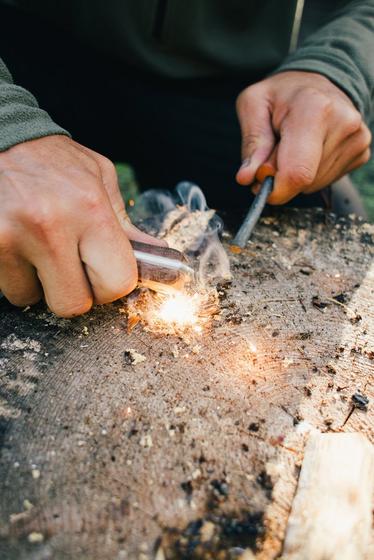


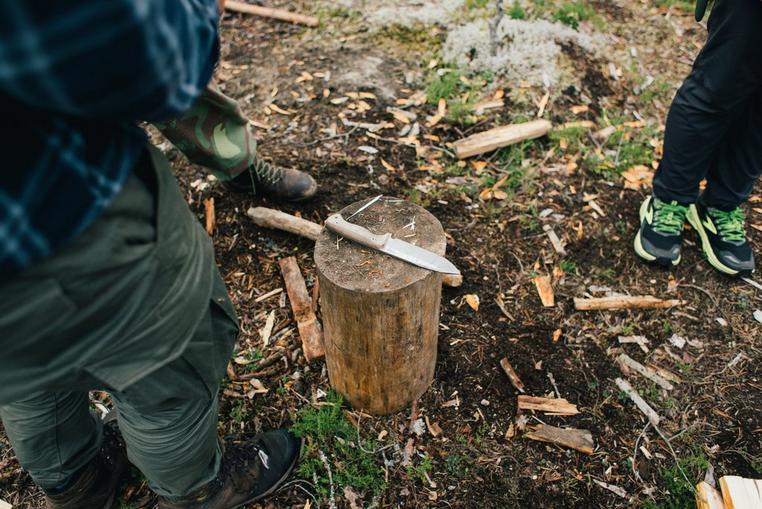
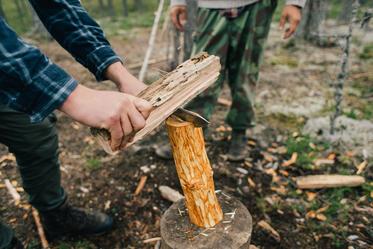
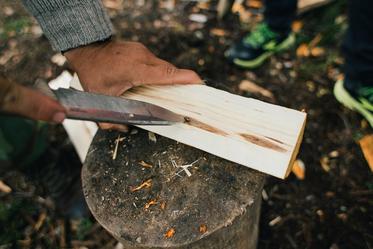
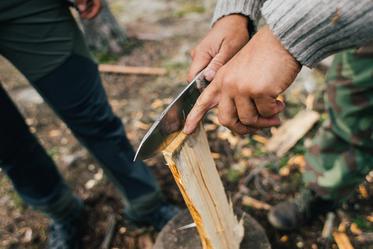
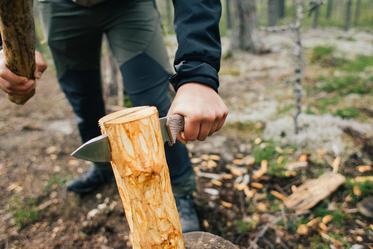
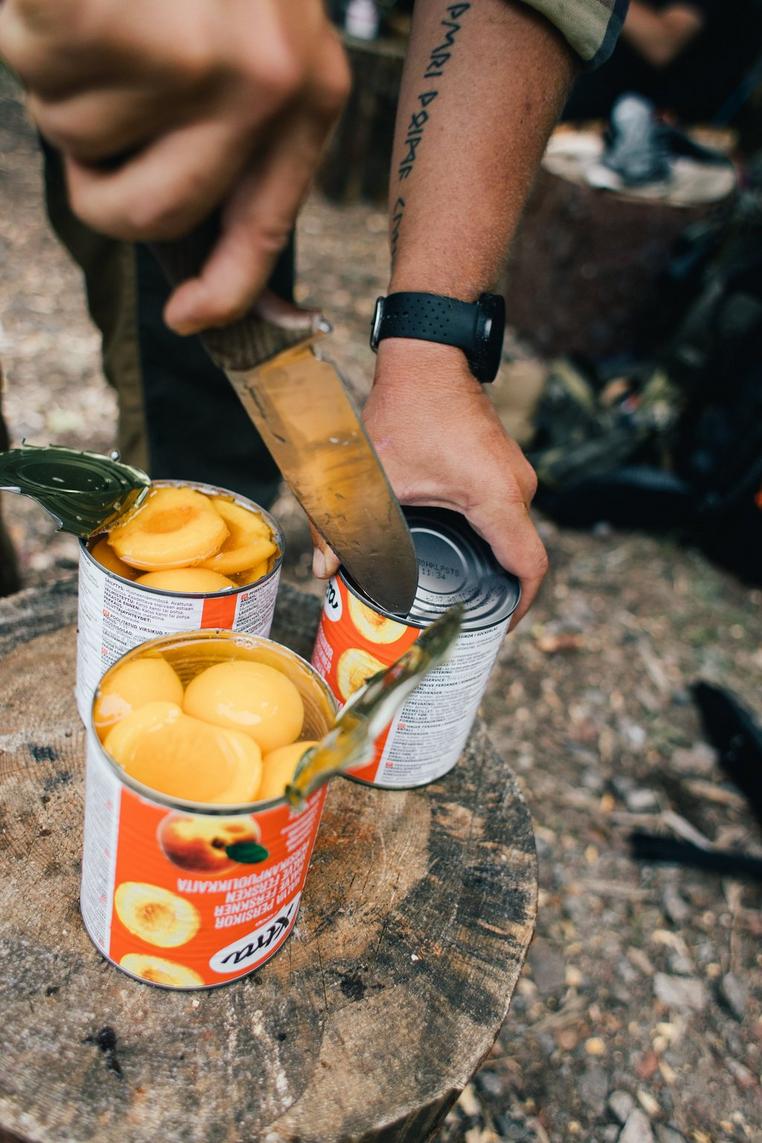
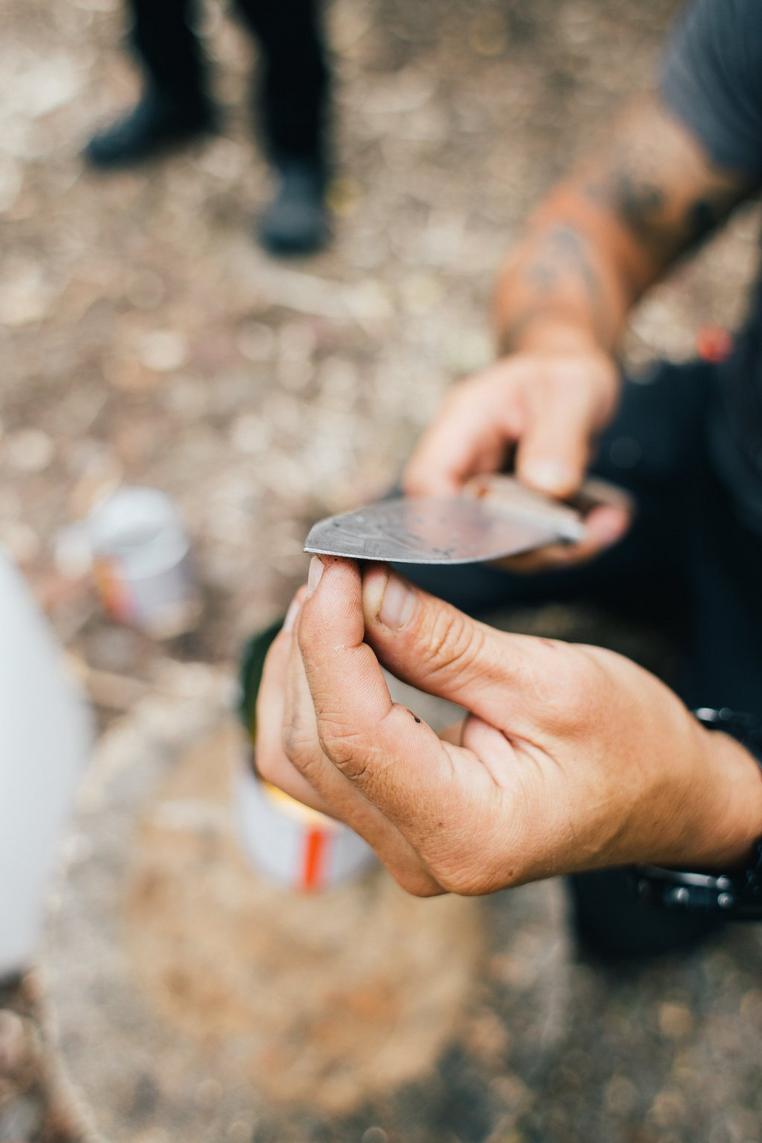












?%24center=center&%24poi=poi&%24product-image%24=&fmt=auto&h=500&poi=%7B%24this.metadata.pointOfInterest.x%7D%2C%7B%24this.metadata.pointOfInterest.y%7D%2C%7B%24this.metadata.pointOfInterest.w%7D%2C%7B%24this.metadata.pointOfInterest.h%7D&scaleFit=%7B%28%24this.metadata.pointOfInterest%29%3F%24poi%3A%24center%7D&sm=c&w=1208)






